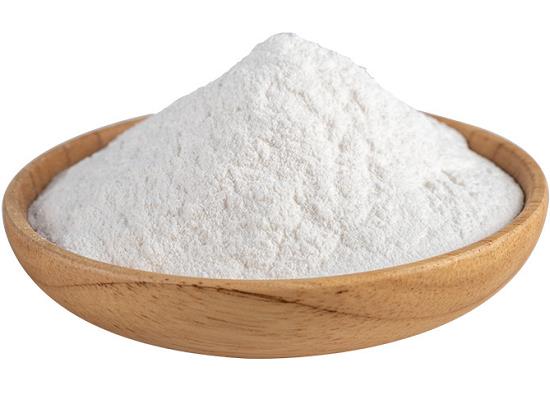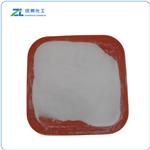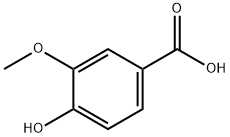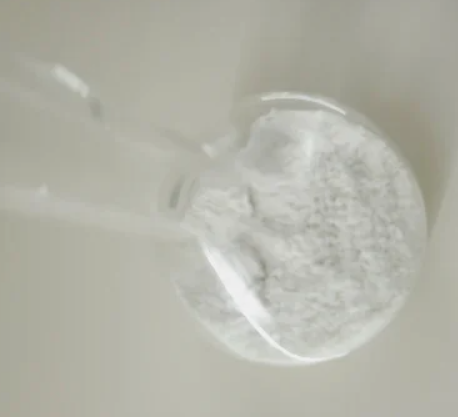Vanillic Acid: A Promising Phenolic Compound with Cardioprotective Potential
General Description
Vanillin, a compound used in drugs, cosmetics, and foods, has multiple functions as anti-metastatic, anti-melanogenesis and anti-angiogenetic.
Vanillic acid (VA, C8H8O4) is an oxidized form of vanillin and a phenolic acid. Vanillic acid was recognized in many plants such as Juglans regia L, C. murale, orchard grass, and Melilotus messanensis. Vanallic acid may be used as a natural antioxidant instead of synthetic ones which have a toxic potential. Researchers demonstrated the effectiveness of VA on lipid peroxidation, indicated by malondialdehyde (MDA) reduction, and endogenous antioxidant enzymes improvement, indicated by increased superoxide dismutase (SOD), catalase (CAT) glutathione peroxidase (GPx), and total antioxidant capacity (TAC) in the isolated rat hearts exposed to I/R. This article will introduce the cardioprotective effect of Vanillic acid.

Figure 1. Vanillic acid
Cardioprotective Effect
Phenolic acids such as vanillic acid, as natural antioxidant compounds, have been identified in vegetables, fruits and some other plants. The high capability of phenolic compounds to neutralize the active oxygen species is related to the number of hydroxyl groups in the aromatic ring and conjugated double bonds, mostly attributed to flavonoids and cinnamic acid derivatives. In one study vanillic acid pretreatment showed significant protective effects on the antioxidant system, cardiac troponins, electrocardiogram, lipid peroxidation, and expressions of interleukin-1β, interleukin-6, and tumor necrosis factor-α gene in the heart of isoproterenol- induced cardiotoxic rats.
Mechanism
In recent study, vanillic acid significantly preserved the hemodynamics and maintained ventricular functions1. This was indicated by the amelioration in −dP/dt and +dP/dt, which indirectly suggests an increased ±dp/dt and ventricular filling resulting in increased cardiac output. PM10 had a significant reduction in LVDP, LVSP, ±dp/dt, and RPP after ischemia, but in groups that received PM and vanillic acid together, the above parameters were partly improved, which indicates the cardioprotective effect of vanillic acid on hemodynamic parameters.
In this study, it was shown that PM10 has damaging effects on hemodynamic parameters, and increased percentage of cardiac infarct size was seen. A significant increase was shown in the lipid peroxidation. This indicates that the mechanism of PM action is possibly related to free radicals Production. The present outcomes suggest that vanillic acid may help as an adjunctive therapy in delaying the progression of ischemic heart disease.1
References:
[1] ESMAT RADMANESH. The cardioprotective effect of vanillic acid on hemodynamic parameters, malondialdehyde, and infarct size in ischemia-reperfusion isolated rat heart exposed to PM10.[J]. Iranian Journal of Basic Medical Sciences, 2017, 20 7. DOI:10.22038/IJBMS.2017.9007.See also
Lastest Price from Vanillic acid manufacturers

US $1.00/KG2025-04-21
- CAS:
- 121-34-6
- Min. Order:
- 1KG
- Purity:
- 99%
- Supply Ability:
- 10 mt

US $200.00-95.00/kg2025-04-15
- CAS:
- 121-34-6
- Min. Order:
- 1kg
- Purity:
- 99%
- Supply Ability:
- 20ton


